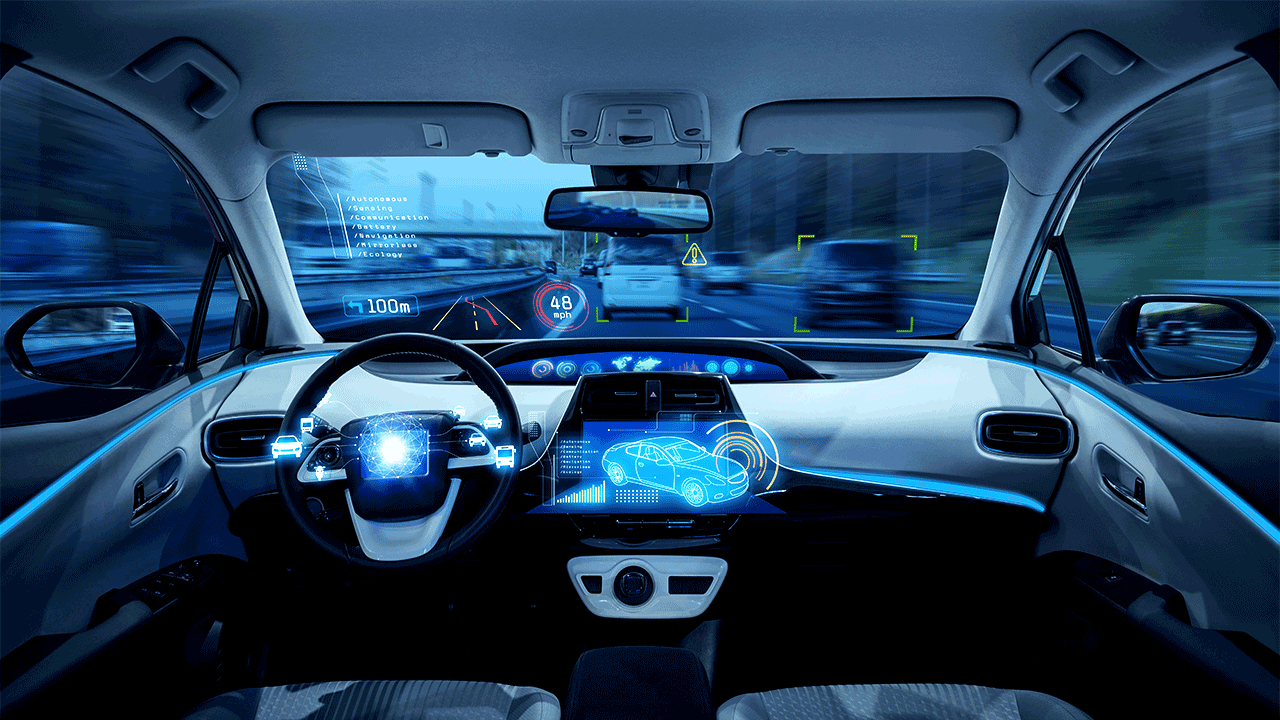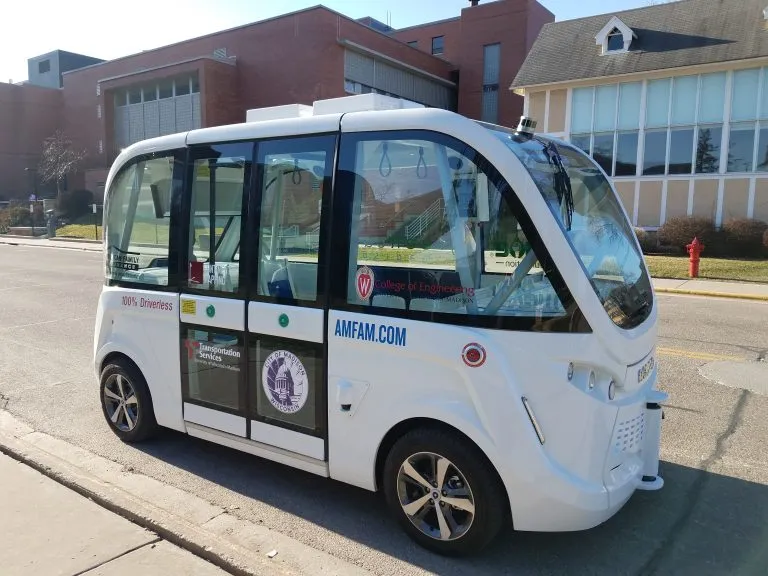
Attorney Amy Witherite Highlights First Responders’ Concerns Over Driverless Vehicles
Attorney and traffic safety advocate Amy Witherite has issued a strong warning in response to a new report from public safety and transportation officials in California, which highlights the significant risks associated with the expanding presence of autonomous ride-hailing vehicles on public roads. With major players like Waymo and Uber preparing to introduce autonomous ride-hailing services in Atlanta this summer, the issue is quickly becoming a matter of national concern.
The report, developed by fire, police, and transportation authorities in San Francisco—a city that has served as a testing ground for many autonomous vehicle (AV) deployments—concludes that allowing companies such as Cruise and Waymo to operate and expand at their own discretion could severely compromise public safety. According to the report, “Giving Cruise & Waymo authority to expand at their discretion does not serve public safety.”
Amy Witherite, founder of the Witherite Law Group and a recognized expert in traffic safety, emphasized the urgency of the situation. “With billions of dollars at stake and a race for industry leadership, it is more important than ever that cities and states take the initiative in setting standards for autonomous vehicles,” she said. “Very few industries are given the opportunity to police themselves. This report shows that these vehicles can pose a real danger to public safety.”
Mounting Incidents and Safety Concerns
The report cites numerous incidents involving autonomous vehicles operating without a human driver in San Francisco. In 2023 alone, local police documented 50 written reports involving vehicles operated by Waymo or Cruise. More striking, however, are the nearly 600 incidents recorded between 2022 and 2023 in which these vehicles stopped unexpectedly or failed to perform as anticipated.
Such behavior, according to the report, presents serious threats to public safety and the efficiency of emergency response operations. Emergency service officials provided several troubling examples of the impact AVs have had on their work:
- Blocking the entrances and exits of fire stations, delaying emergency deployment.
- Obstructing ambulances and fire trucks in transit, impeding urgent responses.
- Making physical contact—or coming dangerously close to—personnel or emergency equipment.
- Disrupting active crime scenes or police operations with unpredictable movements.
- Displaying erratic behavior near zones where first responders were working, creating hazards for both responders and civilians.
When an autonomous vehicle halts in the middle of an intersection or fails to yield to an emergency vehicle, the consequences can be dire. “Every second can make the difference between life and death. A fire’s size can double in one minute. Time is muscle when responding to heart attacks,” the report states, underscoring how crucial it is for emergency teams to operate without unnecessary obstacles.
A Regulatory Void and Lack of Standards

One of the most pressing concerns highlighted in the report is the lack of standardized protocols across autonomous vehicle platforms. Unlike traditional automobiles, which follow widely accepted design and operational norms, each AV company develops proprietary systems and communication methods. This lack of consistency forces emergency personnel to undergo separate training for each manufacturer’s system—an unrealistic and unsustainable demand for already-stretched departments.
While most AVs are equipped with the ability to contact a remote control center or human advisor in the event of a problem, first responders at the scene cannot reasonably be expected to pause their duties to engage in long-distance troubleshooting. “Human traffic control officers cannot safely leave an intersection to talk with remote advisors about just one vehicle,” the report cautions.
Amy Witherite added, “The idea that first responders should have to learn multiple platforms just to interact safely with driverless cars is absurd. It places the burden of this new technology on the people trying to save lives, rather than on the companies profiting from it.”
Federal Scrutiny Adds to Growing Pressure
On a national level, the concerns raised by San Francisco officials are being echoed by federal regulators. The National Highway Traffic Safety Administration (NHTSA) has opened an investigation into Waymo following a series of troubling incidents. According to NHTSA, the agency received reports involving:
- Collisions with stationary and semi-stationary objects such as gates and chains.
- Crashes involving parked vehicles.
- Situations where the autonomous driving system (ADS) appeared to disobey traffic control devices, including stop signs and traffic lights.
- Instances where AVs exhibited unexpected or erratic behavior just before a collision occurred near intersections or traffic safety equipment.
These incidents raise serious questions about the decision-making capabilities of AV systems in real-world conditions, particularly when unexpected obstacles or rapidly changing environments are involved.
The Need for Proactive Governance
The San Francisco report also includes a dire warning about the broader implications of unchecked AV expansion. “Increasing interference from driverless operations will undermine already stretched resources,” it states, pointing to the strain placed on public agencies forced to respond to vehicle malfunctions or operational anomalies.
Amy Witherite is calling on city, state, and federal governments to act before further damage is done. “It often takes a tragedy before government agencies will act,” she said. “We appear to be repeating that same mistake with this new technology.”
Witherite stressed that the allure of technological advancement and economic investment must be balanced with sober analysis and strict public oversight. She warned that the rush to adopt autonomous vehicles without comprehensive safety standards, enforcement mechanisms, and emergency response protocols is reckless and potentially catastrophic.
“We cannot allow the promise of innovation to outpace our capacity to regulate it,” she said. “Autonomous vehicles may hold long-term benefits, but the current approach puts lives at risk. It’s time for our leaders to show the courage to slow down, assess the evidence, and ensure safety is prioritized over profit.”
Safety First, Not Last
As Waymo and Uber prepare to bring autonomous ride-hailing services to cities like Atlanta this summer, the findings in the San Francisco report take on added urgency. The experience of one city provides a critical case study for others considering similar deployments. The key message from public safety officials, legal experts, and transportation regulators is clear: expanding the use of driverless vehicles without adequate oversight, training, and coordination with emergency services puts communities at risk.
Amy Witherite and others advocating for safer roads are urging public officials not to ignore the lessons already being learned on the ground. Whether cities choose to embrace or limit the rollout of AV technology, the path forward must be guided by one overriding principle—protecting human life.

